Quercus ilex -- has anyone tried it in Mid-Atlantic?
Dave in NoVA • N. Virginia • zone 7A
10 years ago
Related Stories
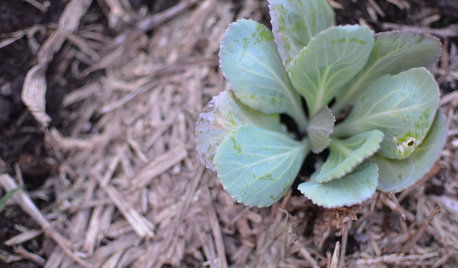
REGIONAL GARDEN GUIDESMid-Atlantic Gardener's September Checklist
Squash, anyone? Cool-season veggies are suiting up for the garden, while summer's last blooms are winding down
Full Story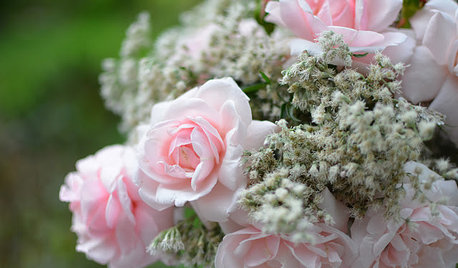
GARDENING GUIDESMid-Atlantic Gardener: What to Do in July
Seedpods, herbs and flowers galore take center stage in the garden this month
Full Story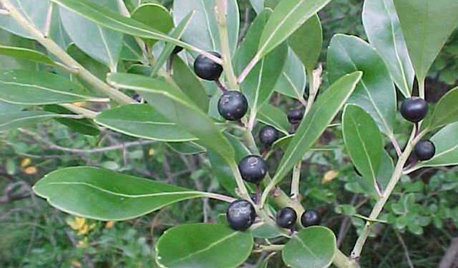
FLOWERS AND PLANTSEasterners: Consider This Native Alternative to Boxwood
Inkberry, or Ilex glabra, excels as a foundation plant or formal hedge perfectly suited to the East Coast
Full Story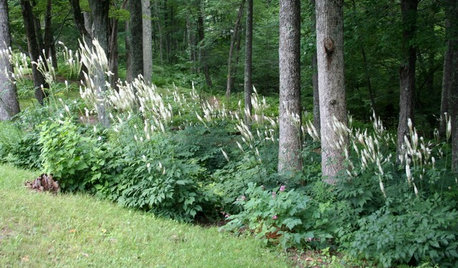
GARDENING GUIDESGreat Design Plant: Actaea Racemosa
Elegant flowers top black cohosh in summer woodland gardens
Full Story
GARDENING GUIDESGreat Design Plant: Sambucus Nigra
Common elderberry is a highly adaptable shrub from the eastern U.S., with berries galore for wildlife and humans alike
Full Story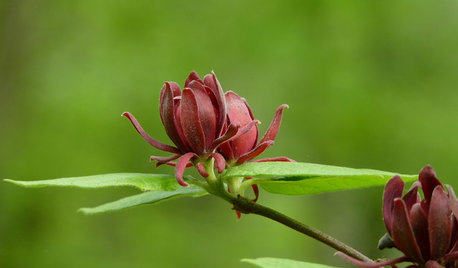
GARDENING GUIDESGreat Design Plant: Calycanthus Floridus
This U.S. native plant — also called Eastern sweetshrub, Carolina allspice and strawberry shrub — is an aromatic and a visual treat
Full Story
GARDENING GUIDESDo You Have This Invasive Plant in Your Yard?
Garlic mustard is spreading across the U.S. Here’s how to spot it and what to do
Full Story
WINTER GARDENING10 Native Wildflowers to Beautify Your Winter Garden
They stand strong in wind, feed wildlife and are easy to grow. But you may want to add these plants for their looks alone
Full Story
GARDENING GUIDESGreat Design Plant: Grow Blueberries for Their Fruit and More
Eastern gardeners should consider growing blueberry plants for their delicious fruits, bee-friendly spring blooms and brilliant fall foliage
Full Story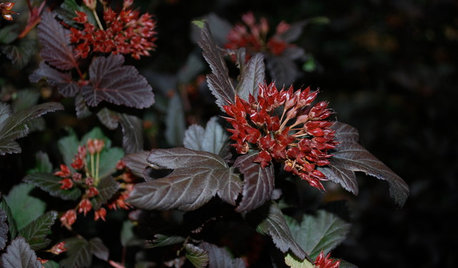
LANDSCAPE DESIGNGreat Design Plant: Sun-Loving Ninebark Puts on a Color Show
This tall, dark and handsome native shrub is equally at home in jeans and boots or in a suit and tie
Full StoryMore Discussions








Huggorm
davidrt28 (zone 7)
Related Professionals
Mooresville Landscape Contractors · Athens Landscape Contractors · Brockton Landscape Contractors · Burlington Landscape Contractors · Canyon Lake Landscape Contractors · Eagle Landscape Contractors · Mahwah Landscape Contractors · Parkland Landscape Contractors · San Antonio Landscape Contractors · Sugar Hill Landscape Contractors · Tigard Siding & Exteriors · Aberdeen Decks, Patios & Outdoor Enclosures · Lacey Decks, Patios & Outdoor Enclosures · Tooele Decks, Patios & Outdoor Enclosures · Norco Stone, Pavers & Concretedavidrt28 (zone 7)
davidrt28 (zone 7)
poaky1